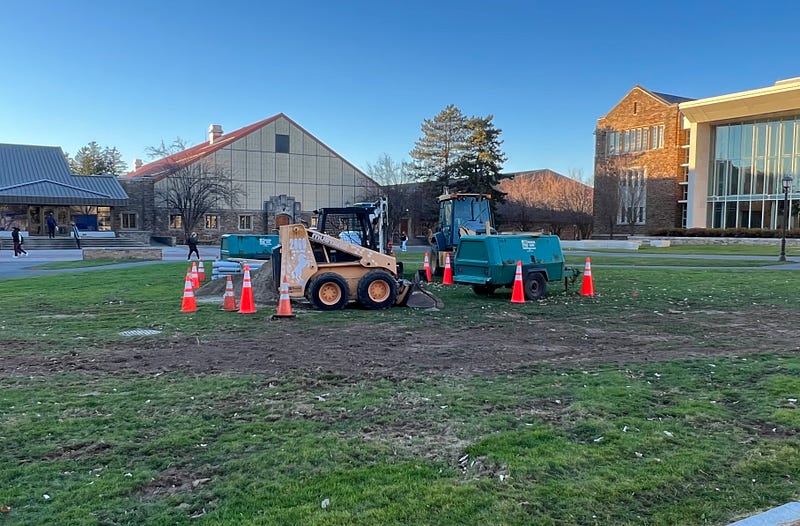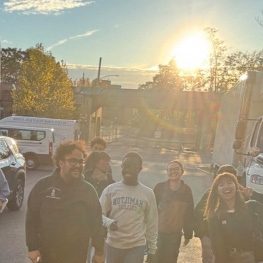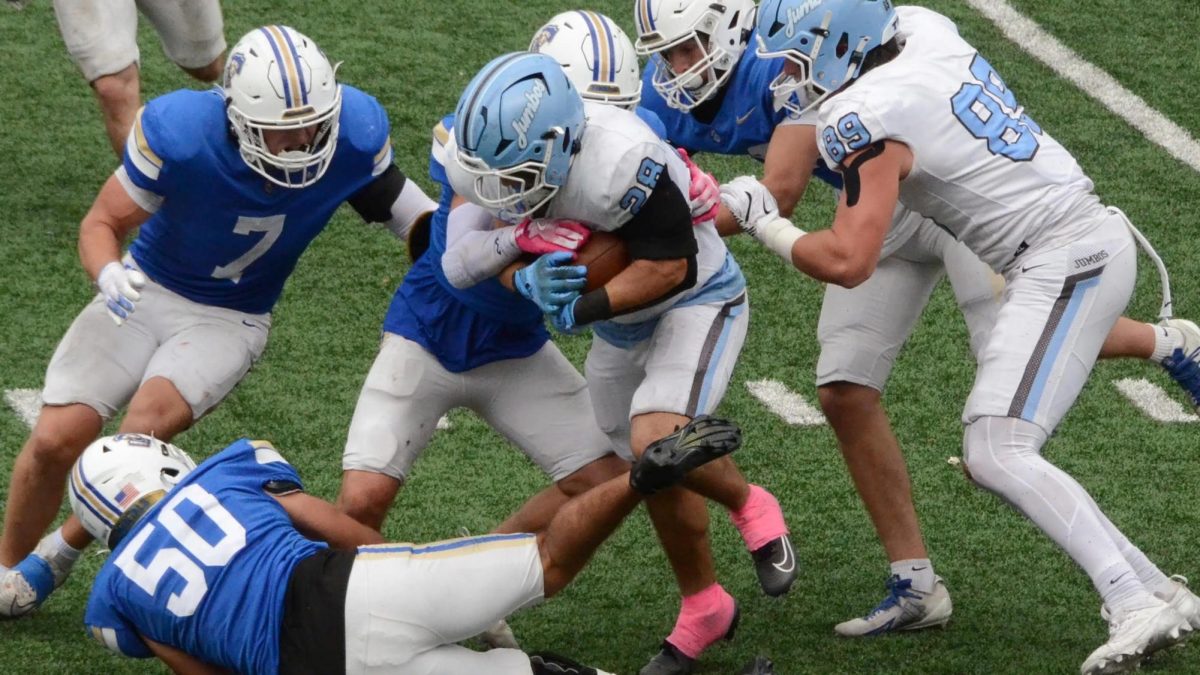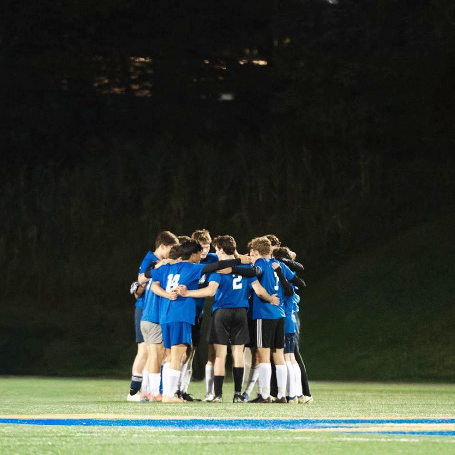
Currently outside the Taylor Science Center, there is heavy machinery and piles of dug up dirt. This construction project is part of the joint effort from Facilities and LITS (Library and Information Technology Services) management to strengthen internet connectivity on campus.
At the present moment, the College has a 2000 Mpbs (megabytes per second) primary internet connection as well as a 1000 Mpbs secondary internet connection for the purpose of redundancy. Essentially, in the event that the primary internet source malfunctions, the secondary internet connection will be engaged. Hamilton’s internet and fiber optic lines are provided by Spectrum.
Timothy Gadziala is the Senior Project Manager of the Facilities Management at Hamilton. Gadziala noted that construction on the West Quad of campus is a fiber optic infrastructure project. He further explained that, “the trenching taking place will provide new conduit pathways for fiber optic cabling between Burke Library, Christian A. Johnson, and Kirner-Johnson Building.” As such, this project will improve the capacity and redundancy of LITS’ core telecommunications network.
The core telecommunications network serves as the main transporter of traffic between the north and south campus buildings, Burke Library and Kirner-Johnson Building.
Moreover, the telecommunications network provides the College with internet connectivity. This core network is similar to a large interstate highway spread across the country, like the I-95.
Prior to this initiative, the campus fiber optic cable ran from Burke Library to Christian A. Johnson Hall (CJ) while simultaneously running through Carnegie Residence Hall and Root Hall.
Jesse Thomas, the Associate Director of Technology Infrastructure — Network Services, stated that the “fiber was installed many years ago when the campus network was first built. In addition to concerns about its age, there is risk of damage if there were ever a fire (or other disaster) in either of those buildings, which could cause an extended outage of portions of the campus network.”
The construction work is expected to be completed within one week, while the fiber work is simply projected to be completed sometime in the near future.























